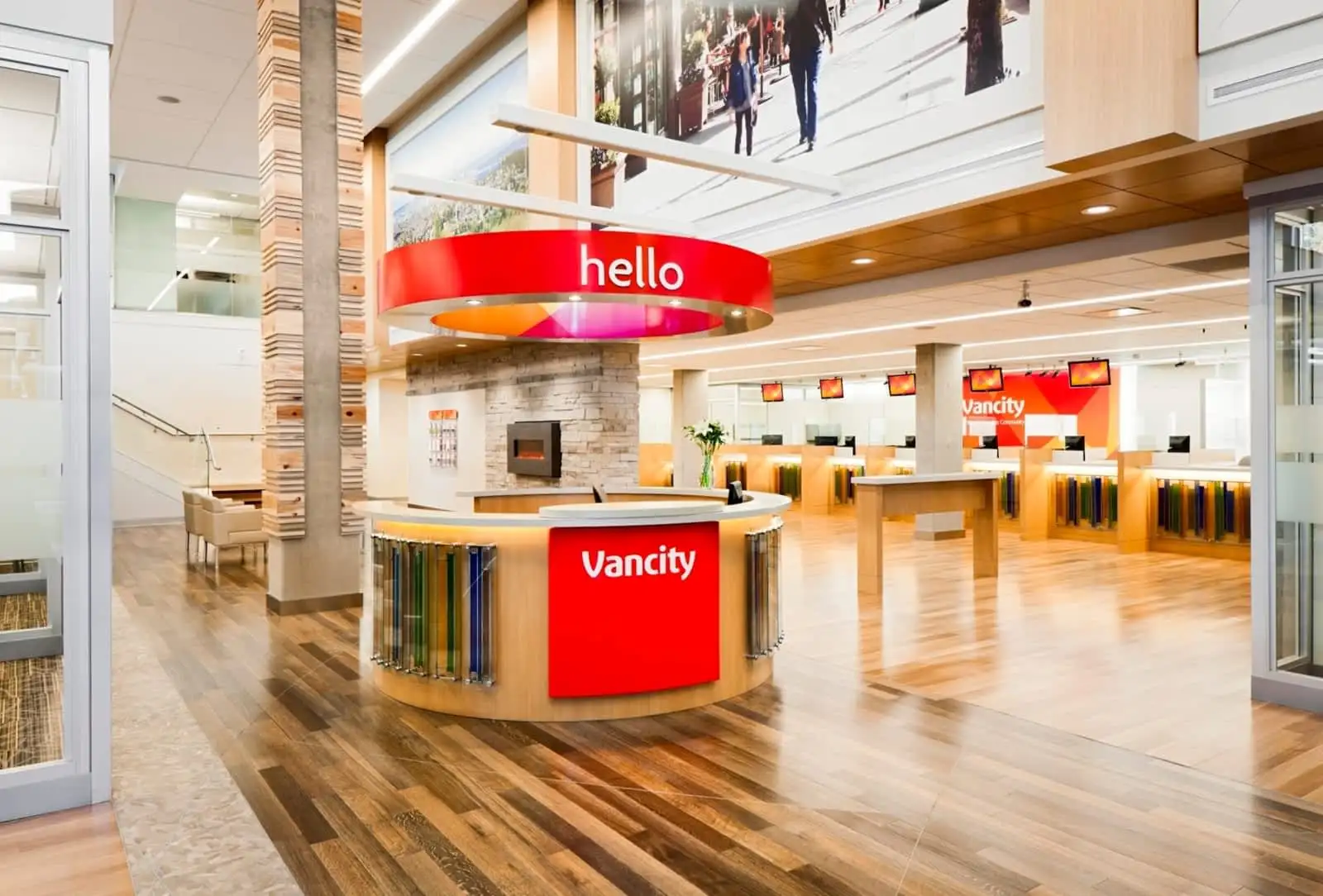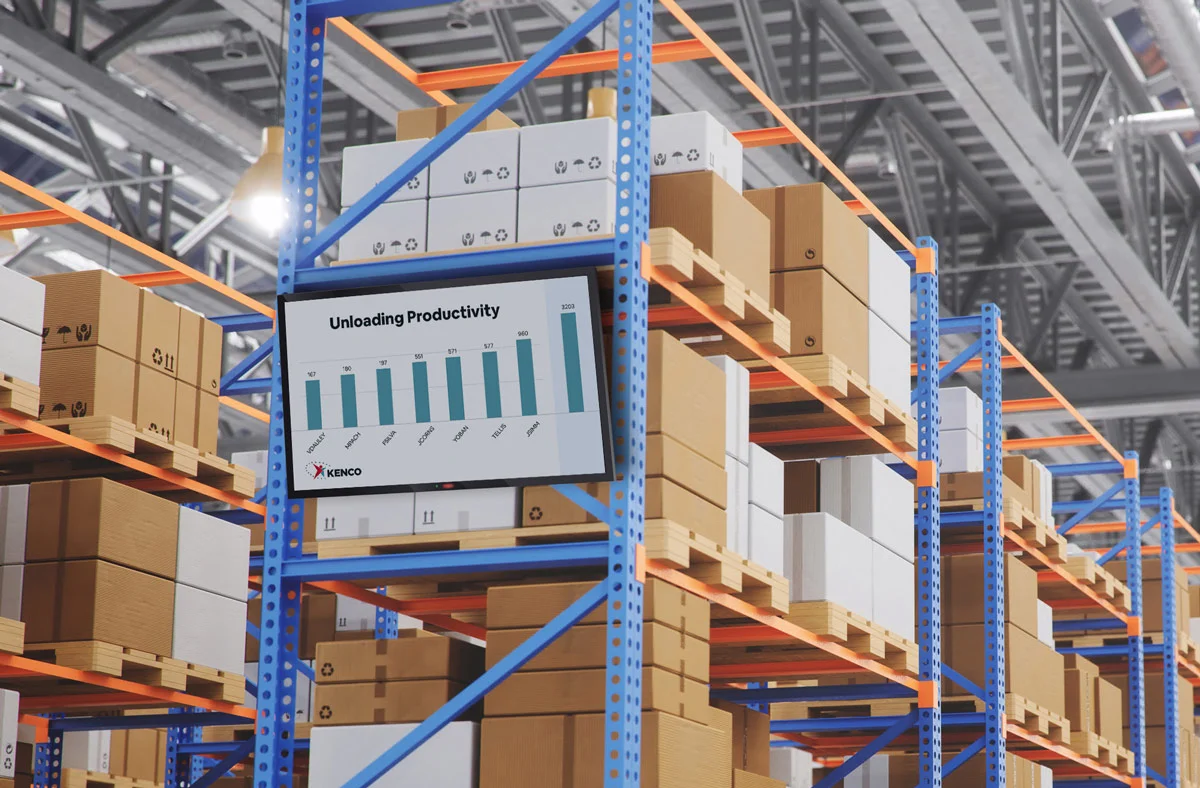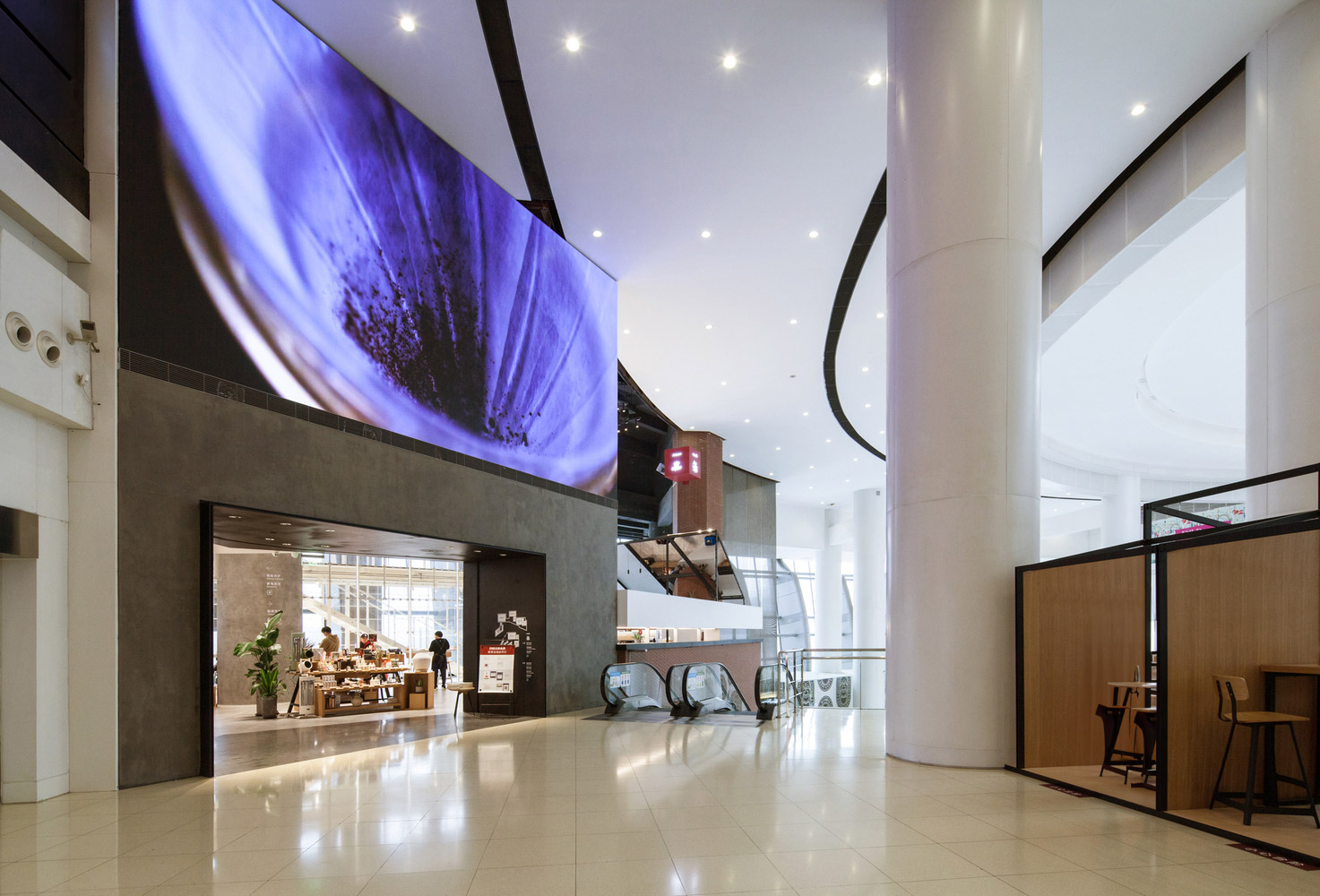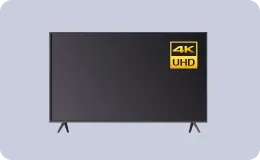Optimizing Food Truck Digital Menu Boards for Modern Service
WRITTEN BY: TelemetryTV, 04-17-2025
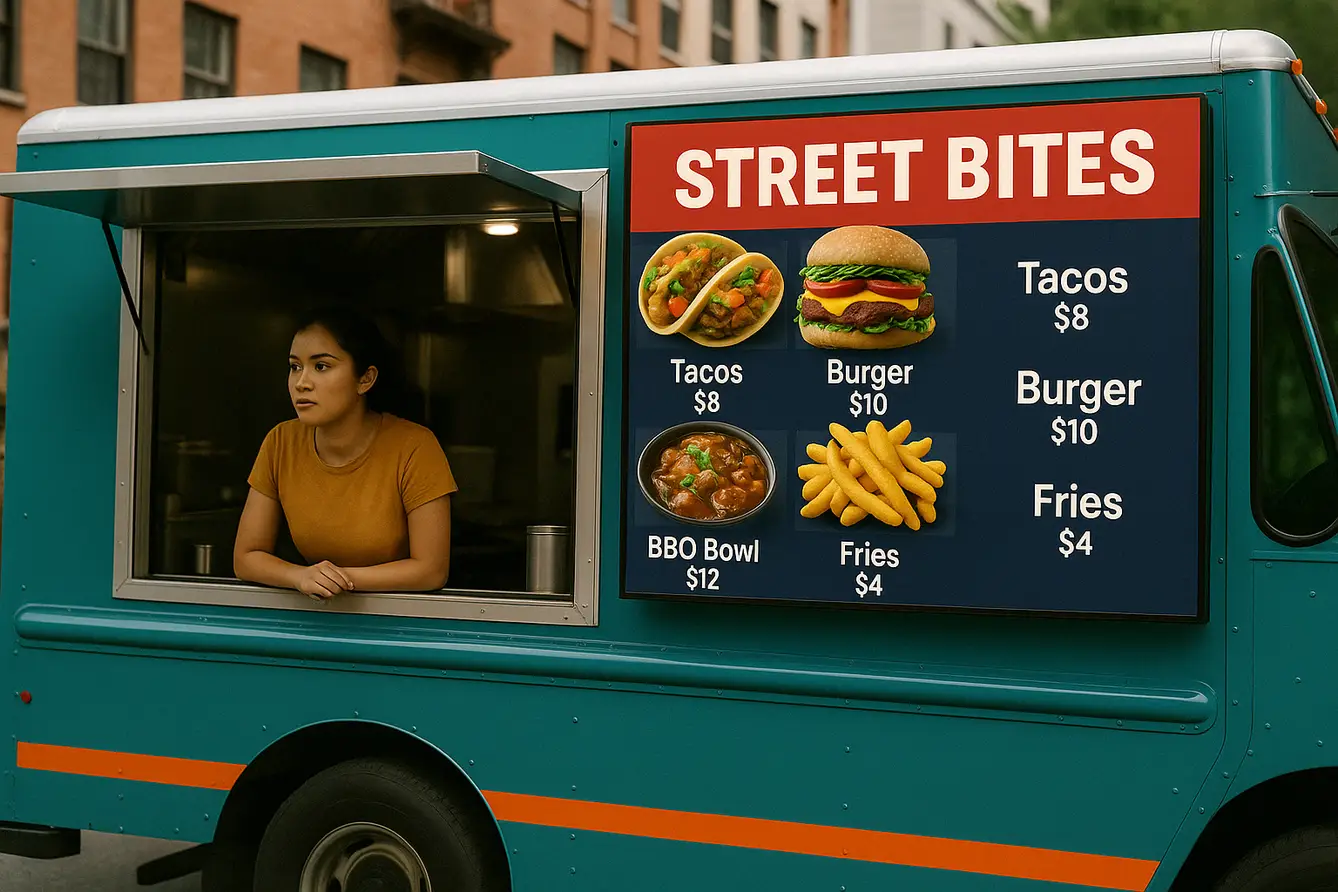
Food trucks have become a defining feature of North America's culinary scene, generating over $1.5 billion in annual revenue in the U.S. alone. As competition intensifies, operators need tools to attract diners. For many, digital menu boards deliver a highly visible solution. A bright display showcasing dishes in real time captures attention more effectively than static chalkboards, while instant updates offer critical agility in daily service. Below, we explore food truck digital menu board adoption, examining hardware, software, installation, and content creation — all centering on the benefits of cloud-based digital signage software such as TelemetryTV.
Why Food Trucks Are Turning to Digital Menu Boards
Traditional paper or chalkboard menus lack flexibility and can be difficult to read in changing light. By contrast, digital menu boards run dynamic images, videos, and rotating specials. Thanks to decreasing technology costs, a single high-brightness screen plus a mini media device is now within reach for smaller operators. Cloud-based digital signage software solutions let owners upload or change items remotely, instantly reflecting price changes or sold-out dishes.
Components at a Glance
The key elements of a robust food truck digital menu board typically include:
• Display Screen
• Media Player/Hardware
• Internet/Networking
• Mounting & Installation
• Power Configuration
• Durability Measures
• Content Creation & Management
All of these must handle constraints like changing weather, limited space, and road vibrations.
Choosing a Display: Size, Brightness, and Durability
Select a screen large enough for patrons to read from five to ten feet away, often 32–43 inches. High brightness, measured in nits, ensures daytime visibility; 1000 nits or above is common for outdoor setups. For continuous outdoor use, consider an IP65-rated enclosure or a fully weatherproof monitor. Commercial-grade screens typically offer sturdier construction and 24/7 reliability, helpful in harsh conditions.

Hardware: Media Players and Connectivity
A media player runs the content on your digital menu board. Cloud-based digital signage software from TelemetryTV supports several hardware setups:
• Streaming sticks like an Amazon Fire TV Stick: affordable and compact, good for lighter usage.
• Commercial-grade devices such as the TelemetryOS Box: built for 24/7 operation with robust offline caching.
• Mini PCs or BYOD: more flexible but require additional maintenance. Solid-state storage is best to handle vibrations.
TelemetryTV's offline capabilities let menus remain visible if connections drop. Most food truck operators rely on phone hotspots, portable routers, or venue Wi-Fi for syncing updated content.
Mounting and Installation in Tight Spaces
Securely fastening a monitor inside or outside a truck prevents damage from movement. A sturdy VESA bracket attached to a reinforced area is recommended. Keep power and network cables shielded from grease or high heat. Some trucks feature an external window hatch that frames the screen, while others install a dedicated enclosure. Always confirm everything is locked down to handle bumps on the road.
Power Consumption and Electrical Setup
A 32–43-inch LED screen generally draws 30–50 watts, while a media device might consume around 10 watts. Though small compared to kitchen equipment, confirm your generator or battery system can support the extra load. Consider using surge protectors to stabilize voltage. Haphazard wiring can be a hazard in cramped spaces, so route cables tidily and avoid overloading circuits.
Durability: Heat, Dust, and Vibration
Food trucks run hot, produce steam and grease, and endure constant movement. Commercial-grade screens and fanless media players with solid-state drives tolerate these conditions better than consumer TVs. If installing outside, confirm IP65 or similar weatherproofing. Clean vents and screens regularly to prevent dust or grease buildup. Periodically check brackets and fasteners so that vibrations don't loosen hardware over time.
Content Creation and Menu Management
Eye-catching design, concise item listings, and clear pricing are crucial. TelemetryTV's digital signage software integrates seamlessly with MustHaveMenus, letting you pick from thousands of templates and stock images without licensing hassles. Incorporate brand logos, product images, or short promotional videos. Scheduling features allow for automatic menu switching: breakfast, lunch, or dinner. Even during offline periods, the software continues to display the last synced playlist.
Step-by-Step Setup Guide
• Plan and Purchase Assess the ideal screen size and brightness for outdoor visibility. Pick a media device suited to your power constraints and budget.
• Mount the Screen Attach a bracket to a sturdy surface. Ensure cables won't tangle or overheat near cooking areas.
• Connect Power and Network Hook up your display and media player to a stable power strip or circuit. Use Wi-Fi or a hotspot to connect to the internet.
• Sign Up for TelemetryTV Register an account on TelemetryTV's website, install its player app on your device, and enter the pairing code to link it.
• Design Your Menu Use MustHaveMenus or TelemetryTV's own tools to create compelling layouts. Incorporate images, straightforward text, and branding elements.
• Publish Content Add your menu to a TelemetryTV playlist and assign it to your device. Changes sync automatically, with offline playback ensuring you're never left blank.
• Optimize and Maintain Gather feedback from customers. Adjust font sizes or brightness as needed. Inspect mounts and cables regularly.
Why TelemetryTV?
TelemetryTV's digital signage software excels at reliability, offline support, and integrations like MustHaveMenus. Food truck operators can rapidly alter menus, schedule daypart options, and keep marketing messages fresh, with minimal hassle. This flexibility proves invaluable for mobile businesses subject to daily changes in inventory, location, and crowd size.
Conclusion
Adopting a food truck digital menu board has become a practical step for owners looking to stand out. Crisp visuals, flexible scheduling, and real-time updates can translate to smoother operations and stronger customer engagement. With a bright screen, stable media device, and cloud-based digital signage software solutions like TelemetryTV, you'll harness a modern, efficient approach to presenting menus. From daily price shifts to strategic promotions, digital signage offers a crucial competitive edge in the growing food truck sector.
| Player Option | Pros | Considerations |
|---|---|---|
| Amazon Fire TV Stick | Affordable, simple setup, small footprint. | Not designed for 24/7 use; possible performance limits. |
| TelemetryOS Box | Enterprise stability, strong offline caching, multi-screen. | Higher cost, but built for heavy-duty operation. |
| DIY Mini PC | Flexible software options, reuses existing hardware. | Larger power draw, more manual maintenance. |
Ready to Elevate Your Food Truck?
Elevate your food truck operations with dynamic digital menu boards that adapt instantly. Engage customers with vivid content while maximizing efficiency and brand appeal.
Start for Free


